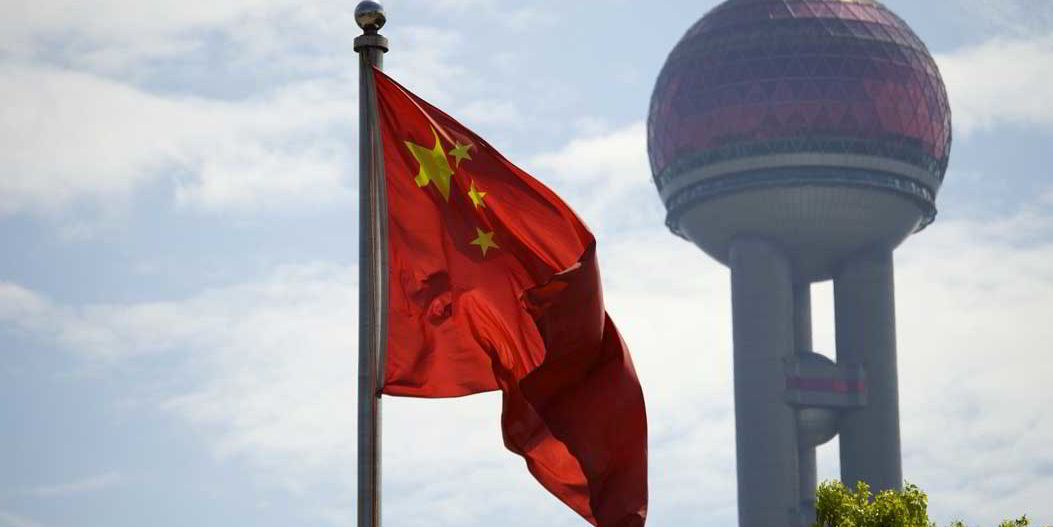Chinese officials are looking to tap Danish expertise on the use of modern technology designed to ensure that ships meet sulphur emission targets.
Transport researchers from China have recently visited the Danish Maritime Authority (DMA) as they look to establish their own low sulphur zones.
"China has started to show an interest in the Danish experiences gained in this area because several major Chinese ports are gradually introducing stricter requirements for ships' emissions," the DMA said.
"Consequently, the Chinese authorities will also need new tools and international partners in order to implement effective enforcement measures."
Chinese officials were also shown oil sampling and analysing techniques, monitoring by means of sniffers fitted on the Great Belt Bridge and drones for airborne monitoring.
"We have, for many years, had a co-operation agreement with China, which has been very useful for both countries," said DMA chief adviser Peter Krog-Meyer.
"Over the years, the areas where China and Denmark have common interests have been extended so that we also talk about issues other than classical shipping policy ones, for example at the meeting just held where we have debated enforcement of the sulphur regulations aimed at the shipping industry."
In late 2015, China announced the creation of three Emission Control Areas (ECAs) in the Pearl River Delta (PRD), Yangtze River Delta (YRD) and Bohai Bay.
Mandatory emission control requirements are due to enter into force at key ports within the trio of ECAs on 1 January 2017.
However, according to the West of England P&I Club, only the authorities in the Yangtze River Delta have taken advantage of the facility to introduce the regulatory requirements at an earlier date.
They have mandated that vessels would be required to use fuel oil with a sulphur content not exceeding 0.5% m/m, or equivalent emission reduction measures, when at a berth, since 1 April 2016.



